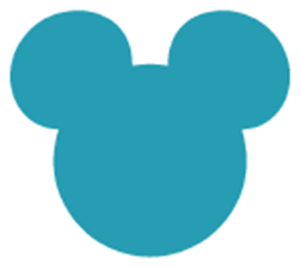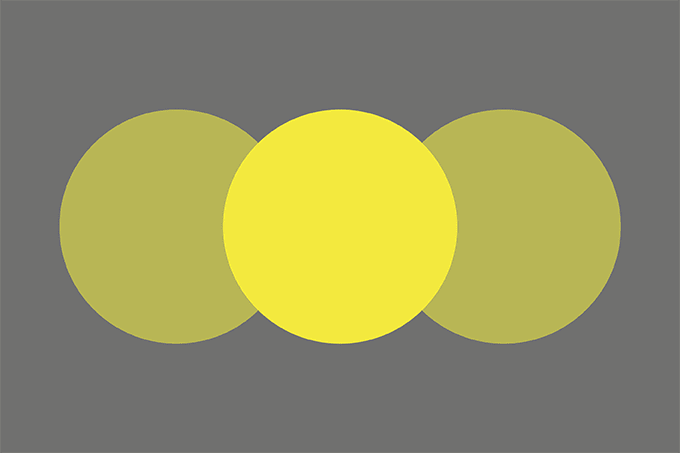Many of Disney’s characters are a little long in the tooth, but the artwork shouldn’t look that way. Chemists from Illinois University have been working in collaboration with the Getty Conservation Institute and the Walt Disney Animation Research Library to devise a means of protecting museum artworks from damage and discoloration. The result? Cost-effective optical sensors that are capable of monitoring low-level contaminants with sensitivity 500 times that of current sensors used by conservators.
Lead researcher Kenneth Suslick said there has been an entrepreneurial aspect to the team’s research for many years, but that they built on their previous research (1) to create sensor arrays that could be used to monitor original Disney artworks on a journey to China. The sensor arrays were attached to the outside of each piece, as well as inside each sealed frame. In addition to external pollutants, the team were surprised to discover that the artworks were also being exposed to low-level sulfide contamination from within – specifically, from the acrylic window inside the container – a good demonstration of the power of such sensor arrays. “There are many dyes that change color depending on their chemical environment,” says Suslick. “And if you put these into an array, the combination of color changes turns out to be a molecular fingerprint that is unique to any odorant or any mixture of odorants. In essence, it’s a digital, multi-dimensional extension of litmus paper.” The device uses RGB imaging of the colorimetric sensor array before and during exposure to analytes, before generating a difference map (red minus red, green minus green, blue minus blue). Each difference map vector is compared with a pre-existing library, using standard chemometric techniques. For semi-quantitative analysis, difference vectors are collected over a range of analyte concentrations; the accuracy of quantification can be within 20 percent and will improve as the library becomes more extensive, according to Suslick. Next step – commercialization. iSense, a company located in Silicon Valley and co-founded by Suslick, will drive the sensor technology into several application areas, including the biomedical field.

References
- 1JR Askim, M Mahmoudi and KS Suslick, “Optical sensor arrays for chemical sensing: the optoelectronic nose”, Chem Soc Rev, 42, 8575-8800 (2013).



